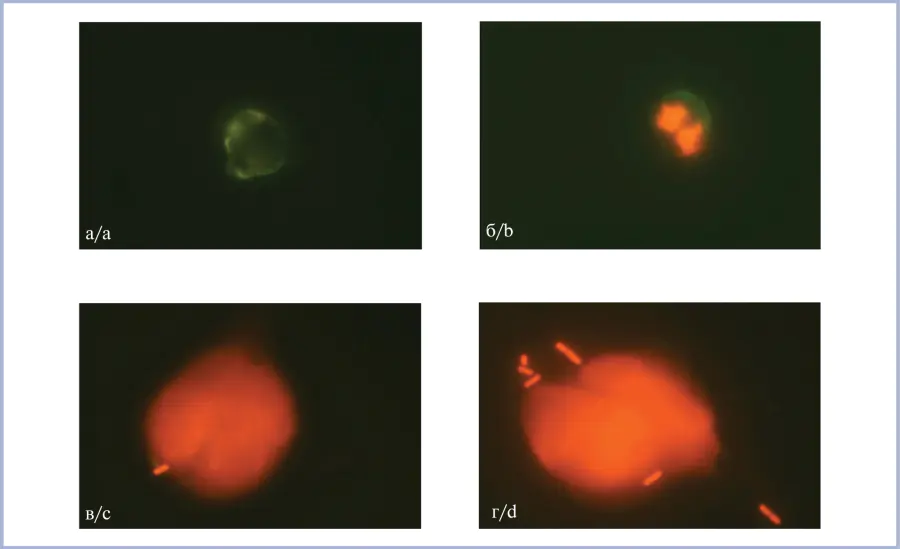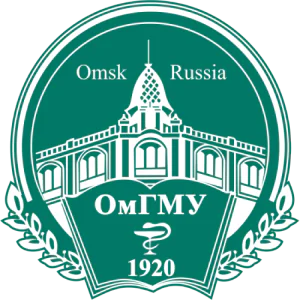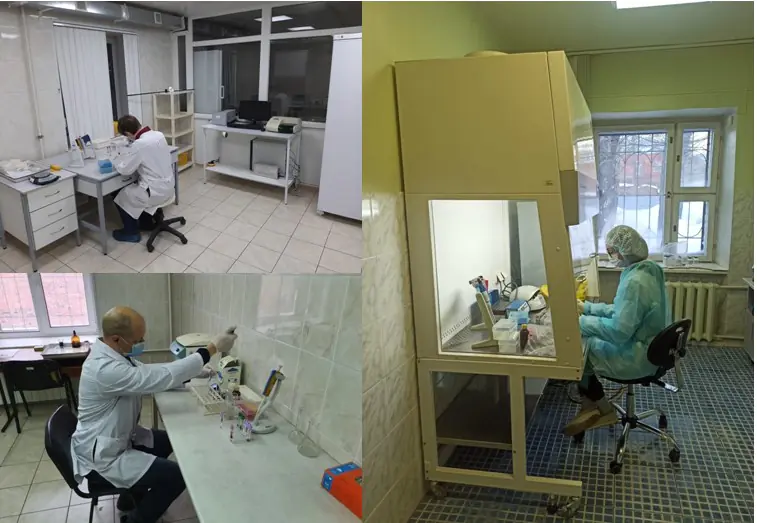The study relates to medicine, namely immunology, pathophysiology and experimental medicine, and can be used to detect morphological equivalents of the stages of formation of neutrophil extracellular traps (NVL). Neutrophil suspension isolated on a double density gradient of ficolla-verografin solution after stimulation with a mixture of Lactobacillus reutri, L. acidophilius, L. rhamnosis and Bifidumbacterium longum was supravitally stained using an intercalating propidium iodide dye and incubated under a cover glass in the dark for 5 minutes at 37 ° C with monoclonal antibodies to the neutrophil-specific CD15 antigen, labeled fluorescent with the FITC dye. The results are visualized using luminescent microscopy using an exciting light filter with a wavelength range of 450-480 nm and an emission filter in the wavelength range of 515-700 nm. The morphological equivalents of cells that are in varying degrees of activation during a non-transforming reaction are calculated: intact bright green cells without a colored nucleus, weakly activated cells with bright green surface structures and a weakly colored nucleus, activated cells with bright green surface structures and a red-orange nucleus, hyperactivated cells with bright green surface structuresgreen in color and an enlarged red-orange nucleus reaching the cytolemma boundary, hyperactivated cells with initial signs of netosis - early netosis - with bright green surface structures and an enlarged red-orange nucleus with a visualized yield of nuclear matter in at least one location. Two variants of netosis are calculated simultaneously with cellular equivalents: filamentous netosis - red-orange structured filamentous NVL exceeding the cell size by more than 2 times, oblakoid netosis - unstructured homogeneous NVL of red-orange color located around the source cell exceeding the cell size by 1.5-2 times. Separately, the number of microorganisms located directly in neutrophil traps is calculated in terms of one network, followed by the calculation of the percentage of different groups of morphological elements - the morphological profile of netosis. The method provides not only the possibility of identifying viable (intact) neutrophils, but also the determination of morphological equivalents of cells that are in varying degrees of activation during a non-forming reaction, early netosis and the possible detection of specific antigens of leukocyte differentiation expressed on their surface with simultaneous visualization of NVL due to the two-color coloring of the drug - a bright green structure (CD15-FITC) and propidium iodide-stained DNA strands of red-orange color, which allows to simultaneously identify neutrophils by immunophenotyping them with visualization of leukocyte differentiation antigens (CD15) expressed on the surface, assess their viability and visualize neutrophil traps of various types.









